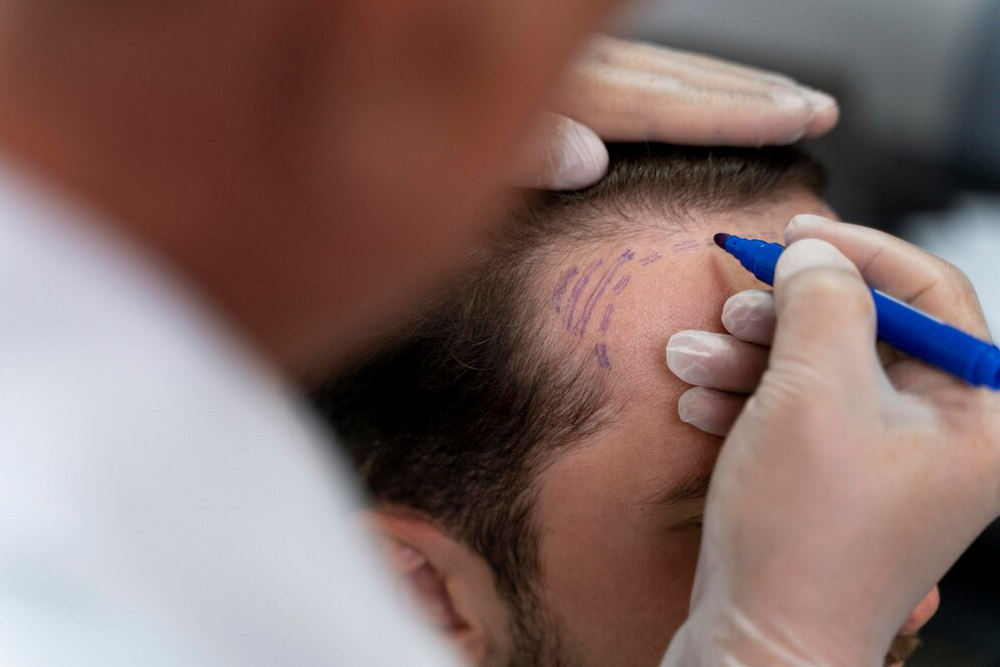Until a few years ago, it was thought that an area of the head affected by burns would be forever hairless, with an unattractive appearance and that it could only be hidden with hats or scarves.
Fortunately, scientific advances have allowed spectacular innovations in the treatment of burns and scars, offering more than satisfactory results for patients.
Today on the Hairfix blog we will talk about hair grafting in burns: when it is not recommended and when it is, what technique is recommended and the benefits of performing these techniques. Stay to read.
Tabla de Contenidos
When can a hair graft NOT be performed in a burned area?
Burn injuries affect the layers of the skin and, in cases of deep burns, they can affect tissues, fat, muscles and bones.
These injuries can be caused by contact with fire, by the heat of explosive waves, by contact with hot liquids, by electricity, chemical substances or by prolonged contact with hot substances or objects.
First and second degree burns are painful, but superficial, as the skin can regenerate. However, in mature third and fourth degree burns, there is deep tissue damage, as the skin, adipose tissue and fat are destroyed.
In severe burns, which penetrate the epidermis and dermis, it can be very difficult to perform a hair graft due to the destruction of tissue and bone. To achieve this, long processes are required to reconstruct the skin of the head in which the graft can be achieved.
Traditionally, burn management included debridement of the affected necrotic, bone and soft tissue. However, this procedure can cause additional trauma, prolonged scarring and the need to reconstruct the tissues.
For the reconstruction of burned areas of the scalp, techniques such as advancement, rotation or transposition flaps are often used to preserve the hairline. In some cases, when the damage affects large areas of the head, dermal substitutes are used, which are silicone and collagen films that serve as a scaffold for dermal regeneration.
Hair grafting in a burned area is a slow process, which can take several months while the reconstructive techniques are performed and the skin flaps or grafts finish healing. The time and number of sessions necessary to achieve optimal hair density depend on the severity and extent of the burn.
In addition, it is important to consider that, if there is not adequate hair density in the donor area, or if the donor hair is fragile, thin or has a texture that does not adapt to the recipient area, the graft is probably not recommended.

Cases in which a graft can be performed
Fortunately, burns to the scalp are rare. This is because this area is a large, thick and very resistant barrier, as its function is to protect the skull.
The most frequent burns are mild and are usually caused by electrocution, boiling liquids, appliances such as hair straighteners and, less frequently, by fire. This means that the total thickness of the hair is usually compromised.
Burns cause an injury or trauma to the scalp that causes hair loss, which is called scarring alopecia. These alopecias are divided into two: primary and secondary, the second being associated with burns, as well as trauma such as scars from surgery, burns from radiotherapy or accidents that affect the head and scalp.
In these cases, hair grafting is viable and can cover scars from burns or accidents, while recovering lost hair density.
How effective is hair transplantation in a burned area?
Fortunately, hair transplantation in burns has a high probability of success as long as the patient puts himself in the hands of highly trained and experienced dermatologists and plastic surgeons to choose the best reconstructive technique for the treatment of burns on the scalp. This is key to having satisfactory and long-lasting aesthetic results.
When hair transplantation is considered in a burned area, the case must be analyzed individually to choose the ideal alternative. For example, it is essential that the patient has hair areas to extract the follicles that will be grafted into the recipient areas.
What hair transplant technique is used in a burned area?
Hair transplant techniques in areas with scars or that have been burned are the same as in a healthy scalp: FUE, FUSS or DHI. All three have in common that healthy follicles are obtained from a donor area and implanted in a new one where there is no hair.
In general, the most commonly used techniques for hair transplants in areas affected by scarring alopecia are FUE and DHI to increase the chances of the follicles arriving alive, obtaining natural and long-lasting results.
Benefits of hair grafting in cases of burns
Hair grafting is an alternative to cover scars and restore aesthetic appearance after a traumatic event such as a burn. In addition, when placed in the hands of professionals, the implanted hair will take between six and eight months to grow and, once it does, it will not fall out again and will follow the normal hair growth cycle.
If you have suffered a burn and are afraid of not recovering your appearance, put yourself in the hands of our specialists. At Hairfix we are a hair restoration clinic where we will help you recover your appearance and the health of your hair.
Trust Hairfix!
Located in the NewCity Medical Plaza in Tijuana, Hairfix is a clinic for hair transplant in Mexico: hair mesotherapy, nutrient-rich injections to help hair growth. Schedule your first consultation through our form, at (664) 454 – 0187, (858) 867 – 4060 or by WhatsApp at (554) 502 7527. We will gladly assist you. Ask for more information about mesotherapy hair price, hair implants for men cost, stem cell transplant for hair loss in Tijuana and beard transplant cost.





